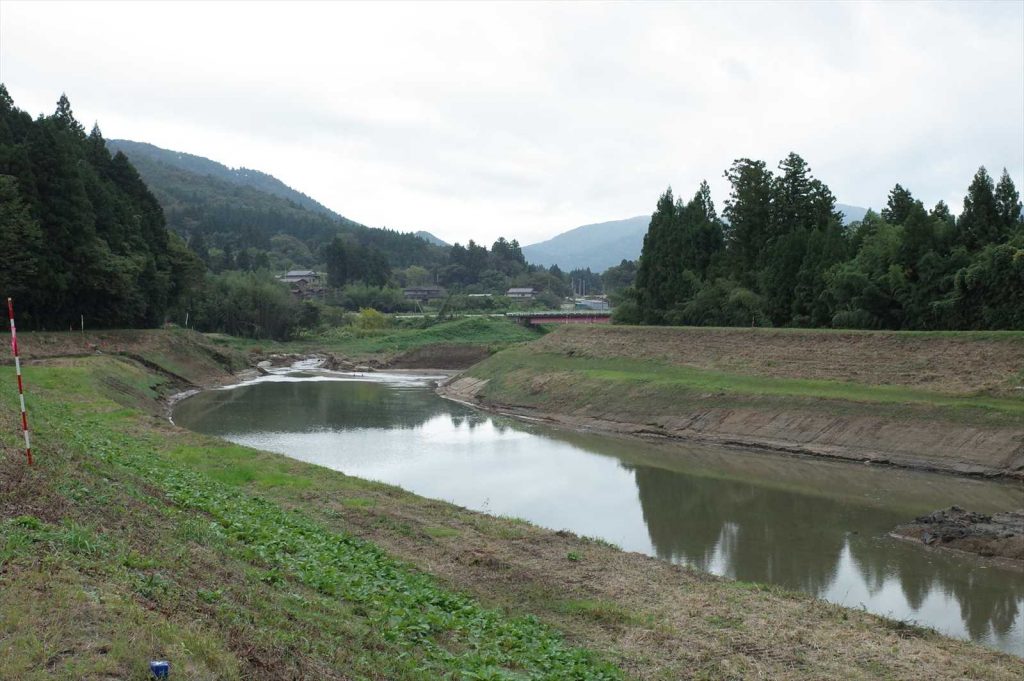Project
Living the Post-Disaster
Living long after the disaster—how much thought have we been able to give this? With an increase in the number of natural disasters caused by climate change, the possibility of anybody becoming a victim of disaster increases for everyone, and the awareness towards prevention and mitigation is heightened. However, this awareness focuses on preventing or what should be done immediately after such an event. Those who have never experienced being in disasters can hardly imagine what it is like to survive one and life that continues long after such survival.
The Great East Japan Earthquake marked its 10th anniversary in 2021. Large-scale land elevation work has removed all signs of the original landscape. Many people have relocated, with communities having had to scatter and disband in some cases, and new lives have been built. For those who have never experienced a disaster first-hand, such a process seems unique only to areas inflicted by disaster and sounds like an event or a story unraveling in a land very far and away.
However, the rise in the number of natural disasters, particularly frequent floods, has also seen to a steady rise in the number of new areas that have become disaster inflicted every year/yearly. In other words, the path taken by the disaster-struck areas is a not-so-distant future for many other areas.
This research focuses on the “post-disaster” conditions of four areas—Okushiri, Hokkaido; Rikuzentakata, Iwate; Mabicho, Kurashiki, Okayama; and Marumori, Miyagi—in spans ranging from 2 to 30 years. The team will be led by artist Natsumi Seo, who has been observing Rikuzentakata since immediately after the Great East Japan Earthquake and will be comprised of architects, novelists, and the like. They will be carefully reexamining the topography and ecosystems that shape the lives, livelihoods, and landscapes of the four regions that have been altered. The recent pasts of each of the regions garnered from the observation of small events will give us insight into the possible vision of the near future.
Research
